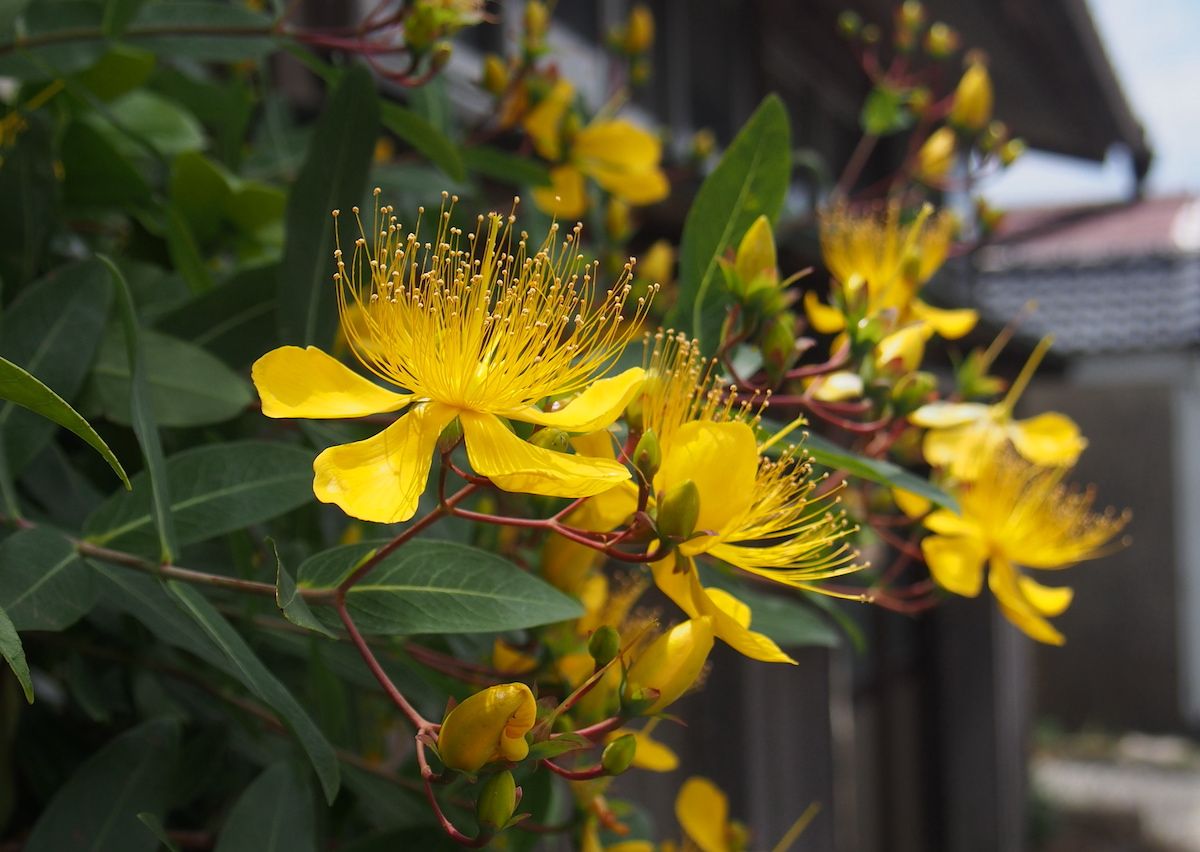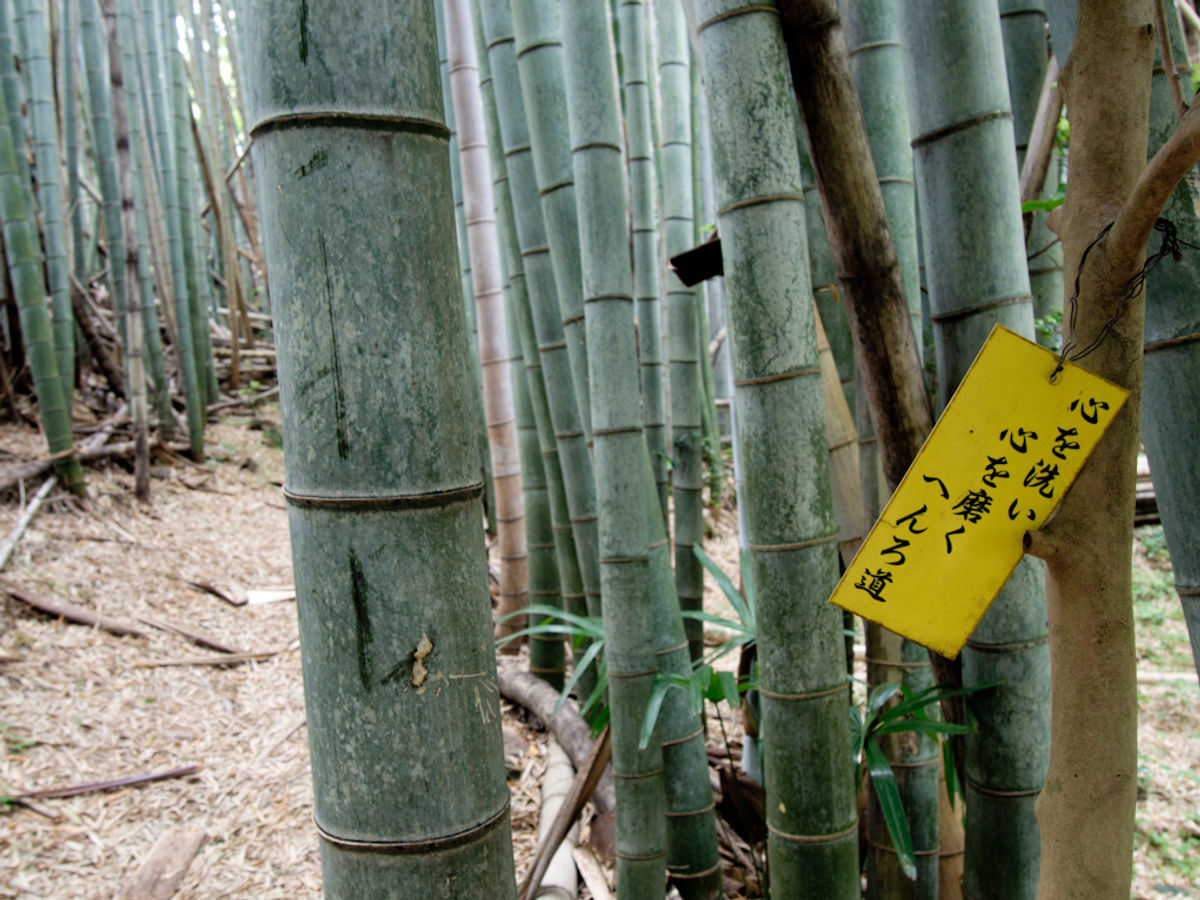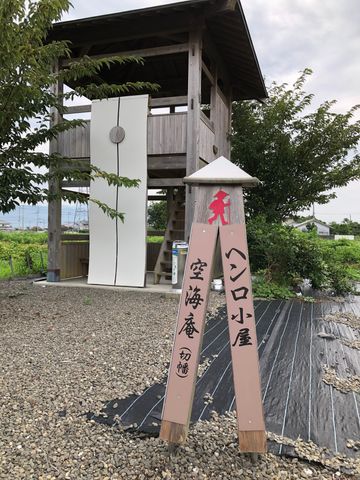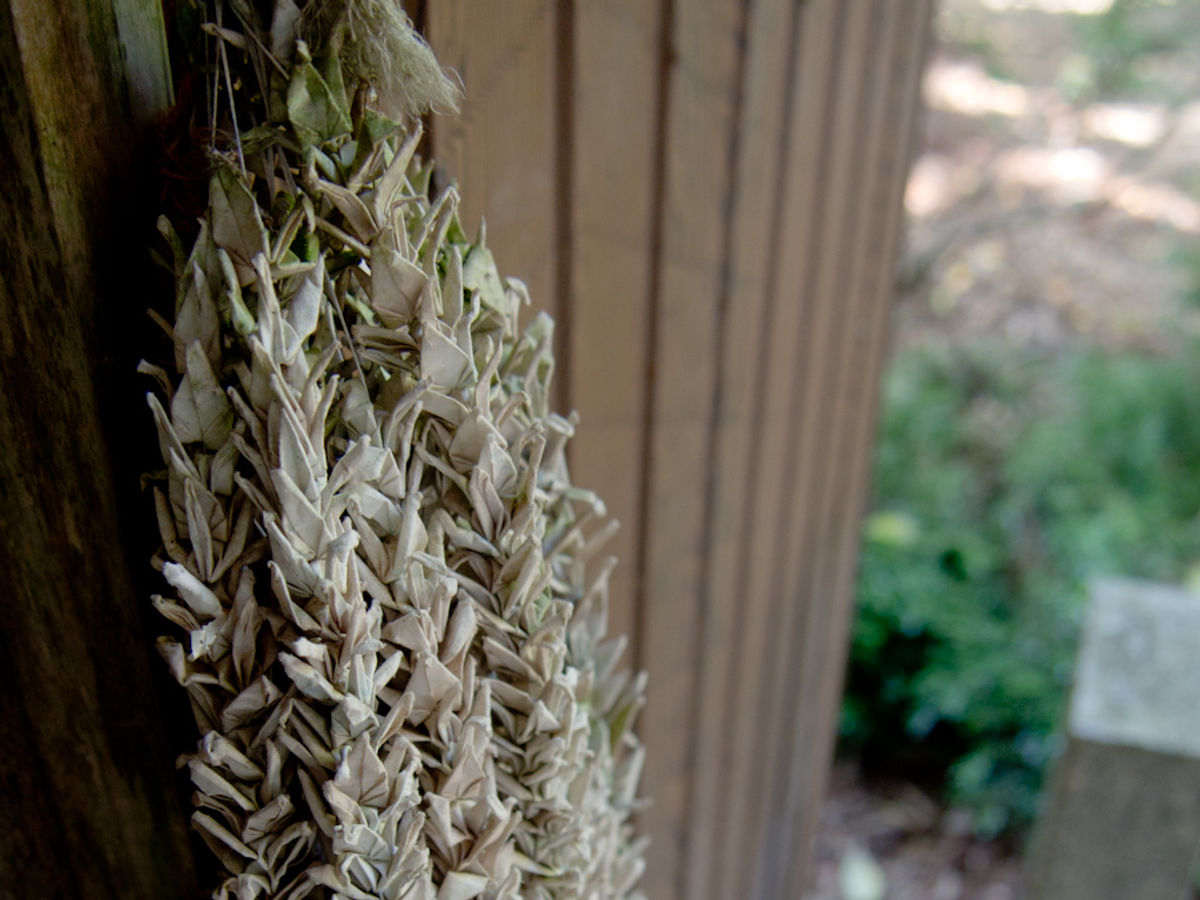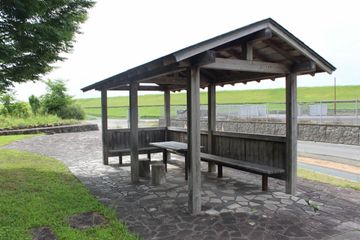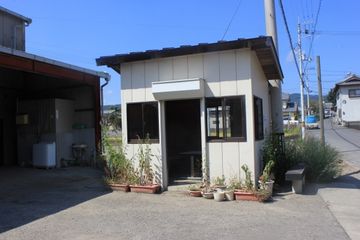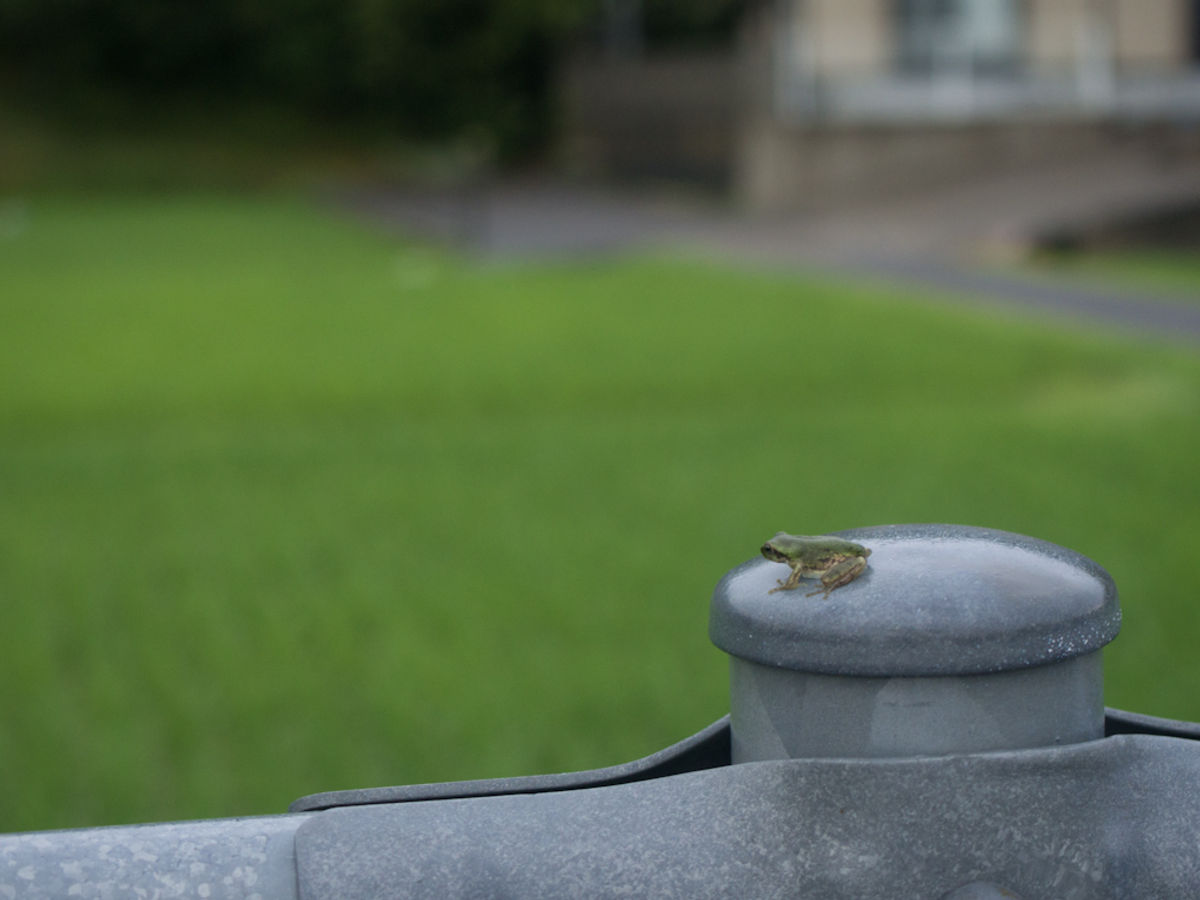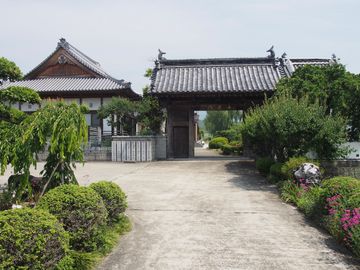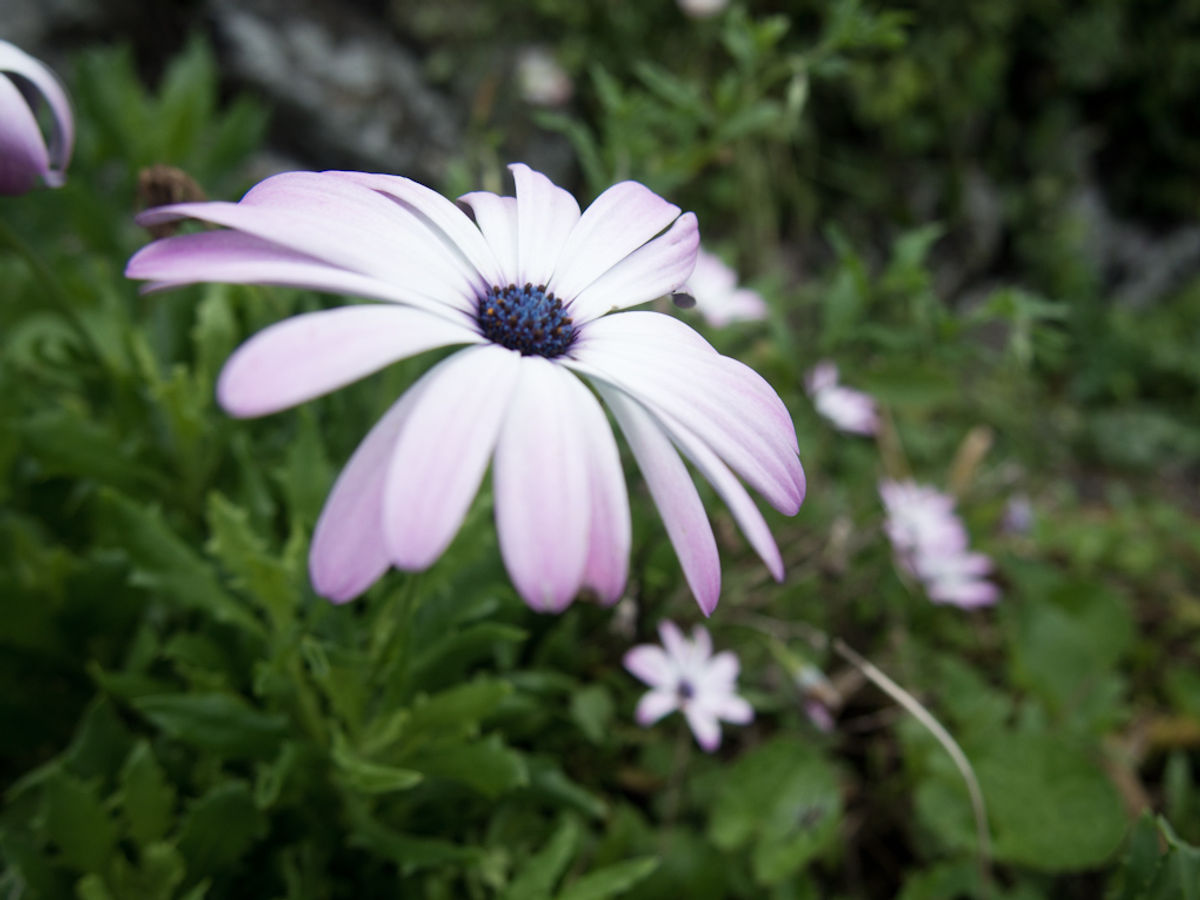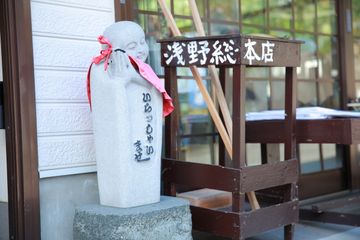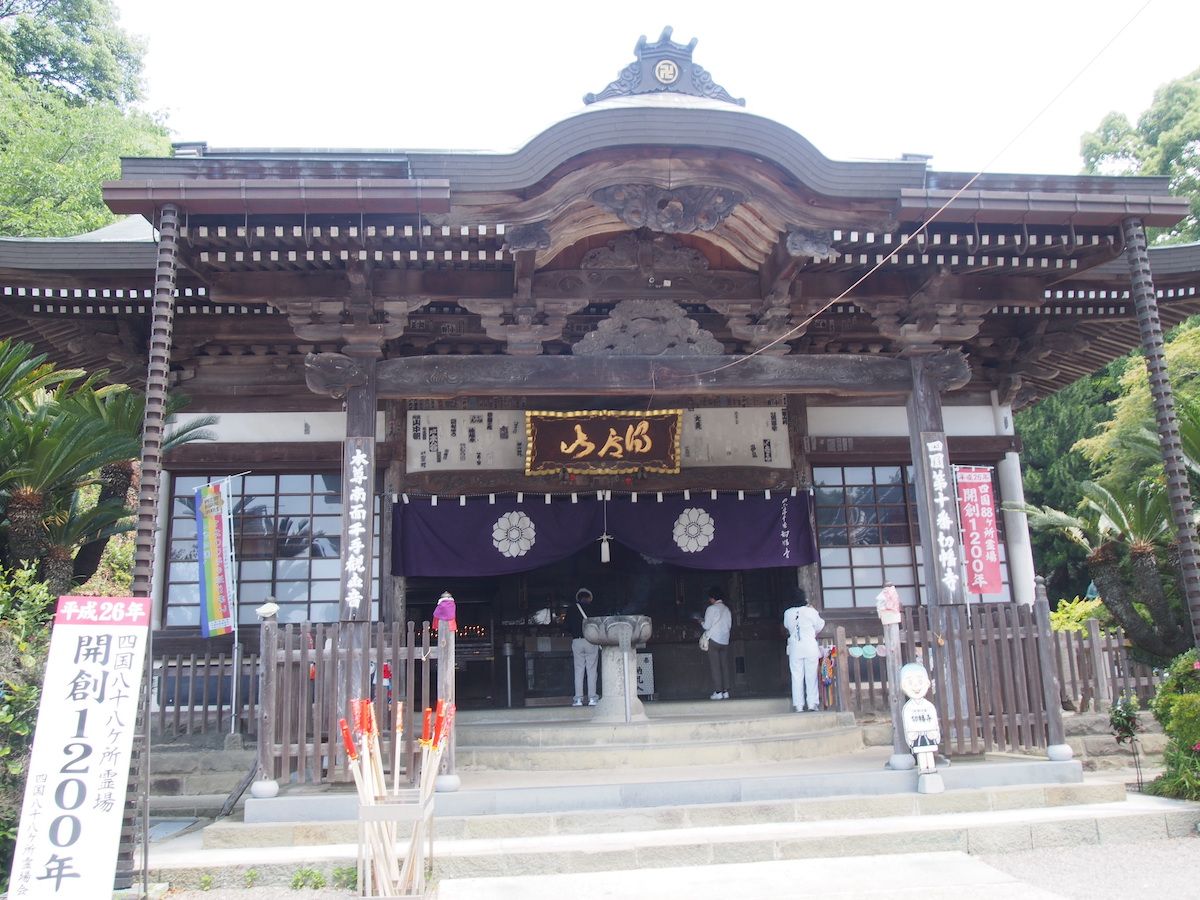
Kirihataji is the tenth temple on the Shikoku Pilgrimage, set about 155 m up the slopes of Mount Kirihata in Awa, Tokushima Prefecture. It's known for its majestic five‑bay, two‑story daitō (great pagoda), designated as an Important Cultural Property, and offering panoramic views over the Yoshino River valley and distant mountain ranges.
The main hall houses a statue of Senjū Kannon (Thousand-Armed Compassionate Bodhisattva), believed to have been carved by Kōbō Daishi himself. Along another altar is a second image tied to the temple’s founding legend – a female weaver said to have transformed into Kannon in radiant light after offering clothing to Kōbō Daishi.
One well-known legend recounts how Kōbō Daishi once stayed in a hut near the mountain while mending his robe. A young weaving girl generously gave him clothes she was working on. Deeply moved, Kōbō Daishi granted her wish to enter the priesthood. Immediately after, she transformed into a luminous Kannon, radiating seven colors. Daishi enshrined both statues – one south‑facing and the other north‑facing – to honor that miraculous event, giving rise to the temple’s names Tokudozan, Kanjōin, and Kirihataji.
The temple approach features typically pilgrim‑oriented streets lined with henro goods shops, rising via a long stairway (often 333 steps) to the Niōmon gate and beyond to the main complex. While fairly remote, it represents the first mountain temple encounter on the route: a mixture of spiritual resonance, natural beauty, and historical art that signals the shift into the more elevated legs of the pilgrimage.
Hours
ClosedAmenities & Facilities
Key Distances & Elevations



